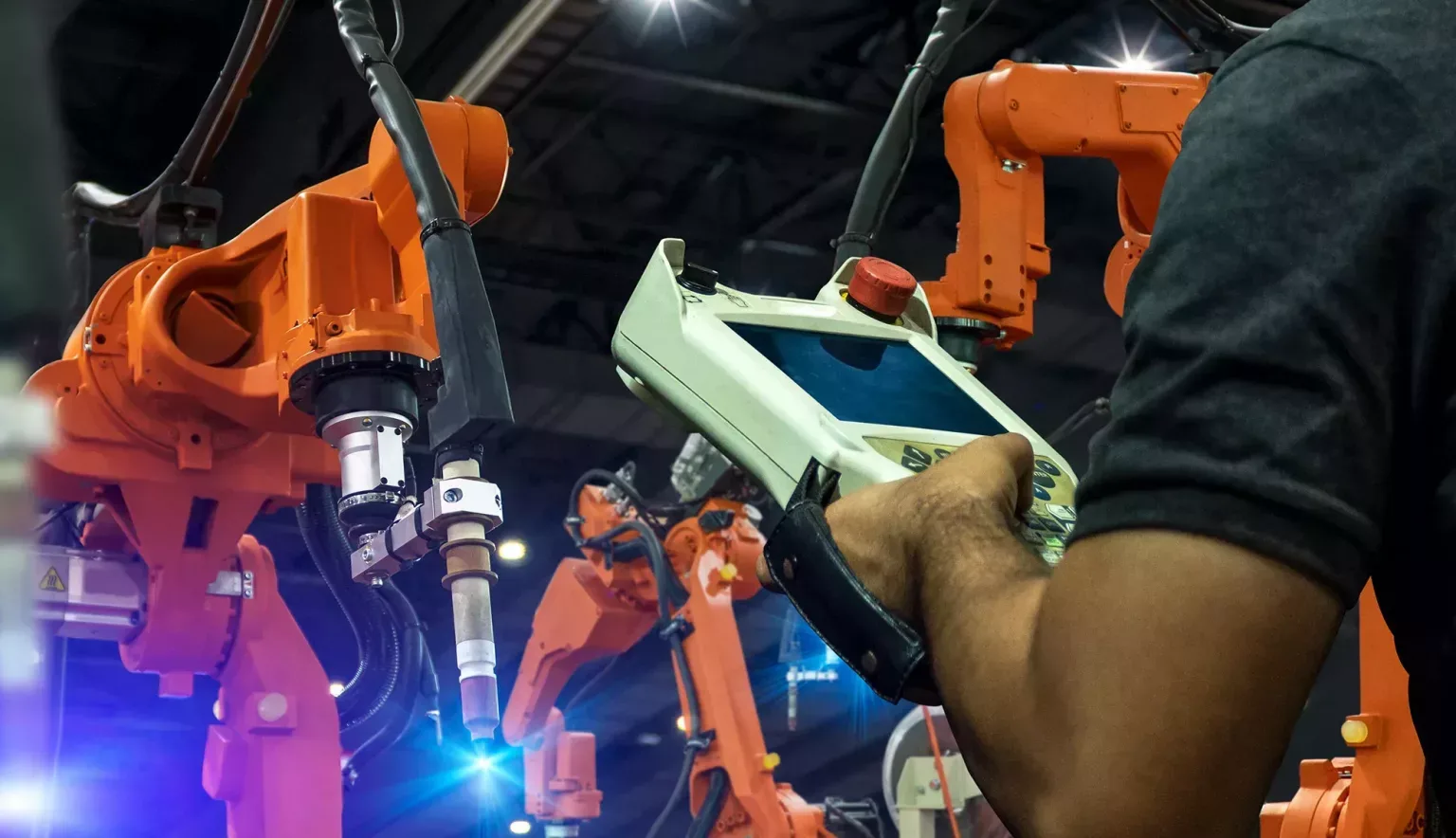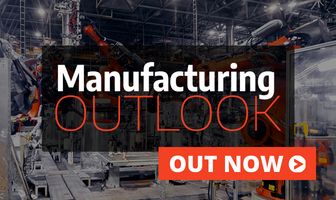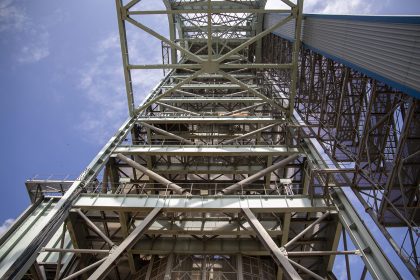Unpacking manufacturing as a staple for economic prosperity and stability across the entire East African Community (EAC).
- INTRODUCTION
- INTERVIEW: EAST AFRICAN MANUFACTURERS’ ASSOCIATION
- Can you talk us through the origins of EAMA, how it came about, and its initial vision?
- What do you find most exciting about East Africa’s manufacturing sector?
- On the flip side, what are the biggest challenges facing the industry?
- How do you see the industry developing over the next five years?
- Similarly, what are your hopes for the development of the association?
- VIEW THE EAST AFRICAN MANUFACTURERS’ ASSOCIATION BROCHURE
INTRODUCTION
East Africa’s manufacturing sector is an area ripe for investment opportunities. The sector represents a key component in securing both stability and economic prosperity across the continent, as a major driver of socio-economic progress.
In 2015, it was reported that there were 251,774 firms in manufacturing across East Africa, with an overwhelming majority comprised of small companies employing less than 500 staff each. Today, that number amounts to some 12.5 million manufacturing workers in East Africa, representing 8.5 percent of the workforce.
The East African Community (EAC) extends to Uganda, Rwanda, Kenya, South Sudan, Tanzania, Burundi, and most recently, the Democratic Republic of Congo (DRC). Within these states, Kenya stands as an industrial leader, mainly as a result of the country’s significant private sector activity in the realm of consumer goods. The country has come a long way since the 1980s, when manufacturing accounted for 10 percent of Kenya’s GDP. Kenya’s developed transport infrastructure is also a boon to this development, which has hampered progress in other EAC countries. Indeed, with four of the EAC member states land-locked, whilst two are coastal, different logistical challenges prevail in connecting the region.
The African Development Bank is championing the promotion of technology, innovation, productivity and linkages within the manufacturing sector across the EAC to boost its industrial prominence. Numerous trade agreements are in place to streamline and improve trade access, in order to fully exploit the region’s collective force, resources and potential.
One such example is the EAC Single Customs Territory, designed to facilitate logistical operations in moving manufactured goods from their port of entry to point of destination.
Non-Tariff Barriers (NTBs) are also being removed to streamline trade between partner states. Trade integration through these linkages will help to overcome roadblocks in inadequate infrastructure, and industrial parks with special economic zones are being implemented in certain areas to experiment with favourable business conditions.
Aside from this, there are significant constraints in policy by the politicians across the region that need to be overcome in order to create a truly enabling business environment, including access to finance. This also entails improvements in technological and skills development to ensure a supply of talented labour. Ultimately, this will result in improved market access for industrial players.
In keeping with prevailing trends across the global manufacturing stage, many national governments within the EAC are committed to boosting circular economy activities within their respective manufacturing industries. This is a crucial step in maintaining the sector’s competitiveness and appeal to worldwide investors.
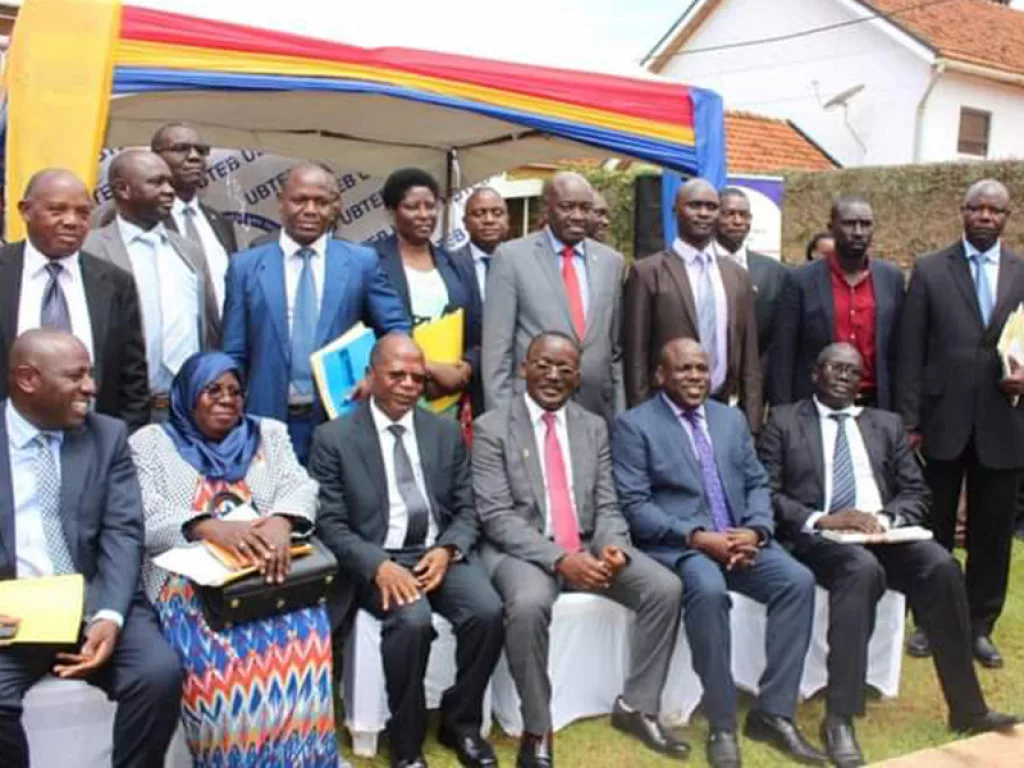
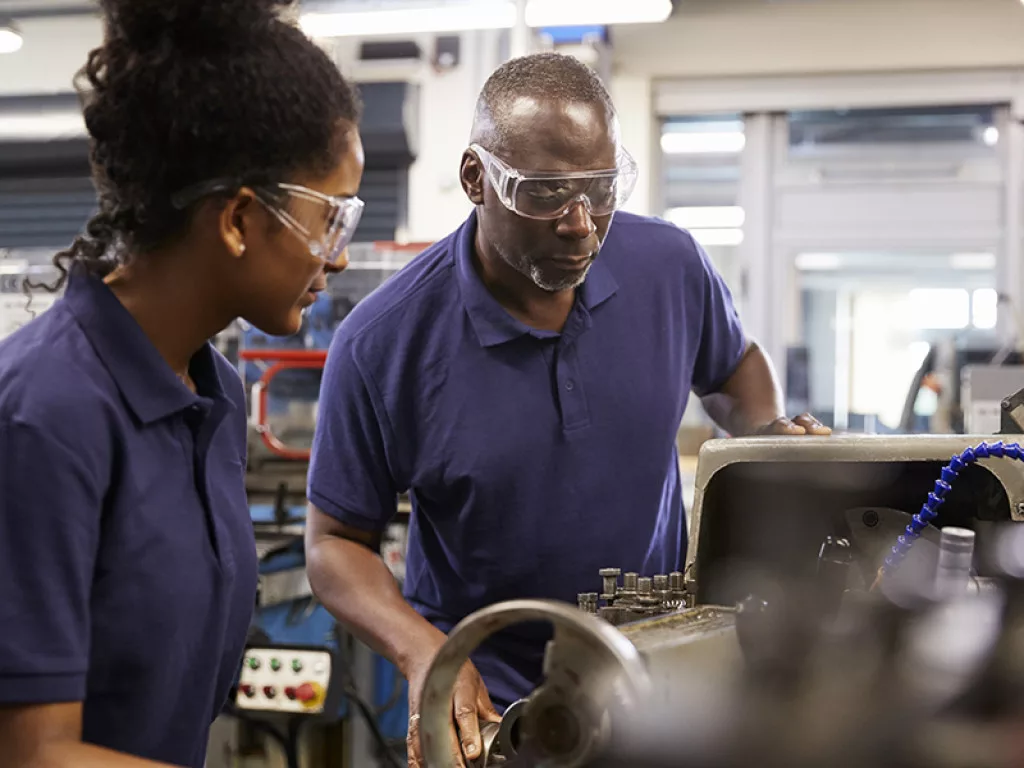
INTERVIEW: EAST AFRICAN MANUFACTURERS’ ASSOCIATION
Founded in 2005, EAMA continues to unite industrialists in regional manufacturing. Executive Director Godfrey Busiku explores sustaining the sector’s competitiveness and advancing market access.
As a business membership organisation (BMO), the primary mandate of the EAMA is to ensure the continued competitiveness of East Africa’s manufacturing sector as a major economic force.
EAMA’s operations presently span the East African countries of Kenya and Uganda, but the association has ambitious expansion plans to reach Rwanda, Kenya, Burundi, Tanzania, South Sudan, and the Democratic Republic of Congo (DRC).
As a consolidated body and united voice championing the sector’s best interests, EAMA prides itself on working closely with institutions across the East African Community (EAC), including regional governments, private sector players, BMOs and other development partners. The association’s activities include targeted digital marketing, the distribution of critical research and publications, networking platforms, financing options and trade promotions.
We explore the need to increase the sector’s competitiveness and improve market access with the Executive Director at EAMA, Godfrey Busiku.

“We need more partners for our activities and our projects, to get bigger and better. COVID-19 has hampered our plans, but we have great prospects”
Godfrey Busiku, Executive Director, EAMA
Can you talk us through the origins of EAMA, how it came about, and its initial vision?
Godfrey Busiku, Executive Director (GB): My background is in the private sector, particularly in working with promotions of trade and businesses in Nairobi and Kampala. As a co-founder of the association back in 2005, I had realised after interacting with many manufacturers (especially in Uganda where I was living at the time), that there was a lot of politicking amongst politicians and the EAC. Although we did have BMOs in Kenya, Uganda, and Tanzania, each of these organisations were only addressing the individual concerns of their respective countries. There was no BMO that clearly addressed regional business interests. After conducting some surveys, we saw the East African Business Council (EABC) had similar concepts on how to address the concerns of manufacturers. EAMA was therefore cofounded with intent to complement all these individual efforts towards achieving a vibrant manufacturing industry in East Africa.
Ours is a young association. In 2005, we legalised in both Nairobi and Kampala and registered as a business association. So far, we have started operations in both Kenya and Uganda. Ahead of us in 2022, our biggest task is to start operations in Tanzania, Rwanda, and we also want to touch Kinsansha, since the DRC is the newest member of the EAC.
The motivation behind our foundation was that we initially wanted to contribute to increasing market success through regional advocacy – not just through the EAC but also via regional governments. This is something we continue to do as we speak, since we are officially recognised by the national governments of the countries that we operate in. As such, in some scenarios, EAMA will be invited on behalf of the private sector to present on any matters concerning manufacturers. Slowly, we are becoming a visionary and outstanding association that fights for the best interests of manufacturers.
Although our initial vision was to increase market success, this agenda is now shared by Trademark East Africa, and various associations and BMOs – including the Kenyan Association of Manufacturers – who are doing the same.
As a result, we are now moving into promoting manufacturers beyond market success. We mainly do this by implementing trade policies to ensure production and also through consultancy work with the National Association of Manufacturers in the US to understand the feasibility of funding to allow manufacturers to take control of their entire supply chain.
Apart from advocating for control of the supply chain to government, we want to actualise our dream of handling financing on behalf of the manufacturers we represent. There’s a lot in the pipeline but we are set to go!


What do you find most exciting about East Africa’s manufacturing sector?
GB: First of all, we have the diversity. When my team and myself thought of co-founding this association, we wanted to question where the untapped potential was in the manufacturing industry. One such area was minerals, which is a rich space with diverse resources, particularly in Uganda or Congo.
Both Congo and Uganda are endowed with diverse minerals but both nations lack capacity and expertise to tap into their respective potentials.
When you look at the dynamics, the politics, and the competition, it’s all so interesting and exciting. But from a personal point of view, in terms of EAMA’s revenue model, it is an exciting time because we are dealing with a sample space of seven nations. This includes a huge population with an estimated size of 400 million people. That was a decade ago, so it is probably closer to 500 million now! For a business mind, that translates to a huge potential market.
When we look at China and India, these countries progress well because they tap into their own market – which is huge due to the population size. So for East Africa, we believe that the sky is the limit because our sample space is so big.
On the flip side, what are the biggest challenges facing the industry?
GB: Of course, COVID-19 hit us badly. Aside from this, we are a region with natural challenges. For instance, Uganda, Rwanda and the DRC – these are all landlocked countries. In contrast, both Kenya and Tanzania benefit from access to the coast. Across the region we have seen something of a trade imbalance. I believe that in Uganda, there is a limited mindset in terms of exports. For instance, Ugandans manufacture maize and export to Kenya. But recently, we have observed that Kenyans have decided that they no longer want Ugandan maize, which causes disputes amongst the ministers and government officials in Nairobi and Kampala.
The main cause of this trade imbalance between Uganda and Kenya is lack of consultancy. Each nation produces in anticipation, which at times results in collisions especially in scenarios where each country has surplus production for the same type of good. This is not supportive of the EAC – we are supposed to be a free market, we have so many treaties and the East African Customs Union, but I believe that the region suffers from a local of consultancy and coordination.
As an association, we hope to address these trade conflicts through our member companies, through a networking function or whatever meetings we set up, where we can link companies and make sure they are looking at their business plan, and ensuring that there is a guaranteed market for what they are doing.
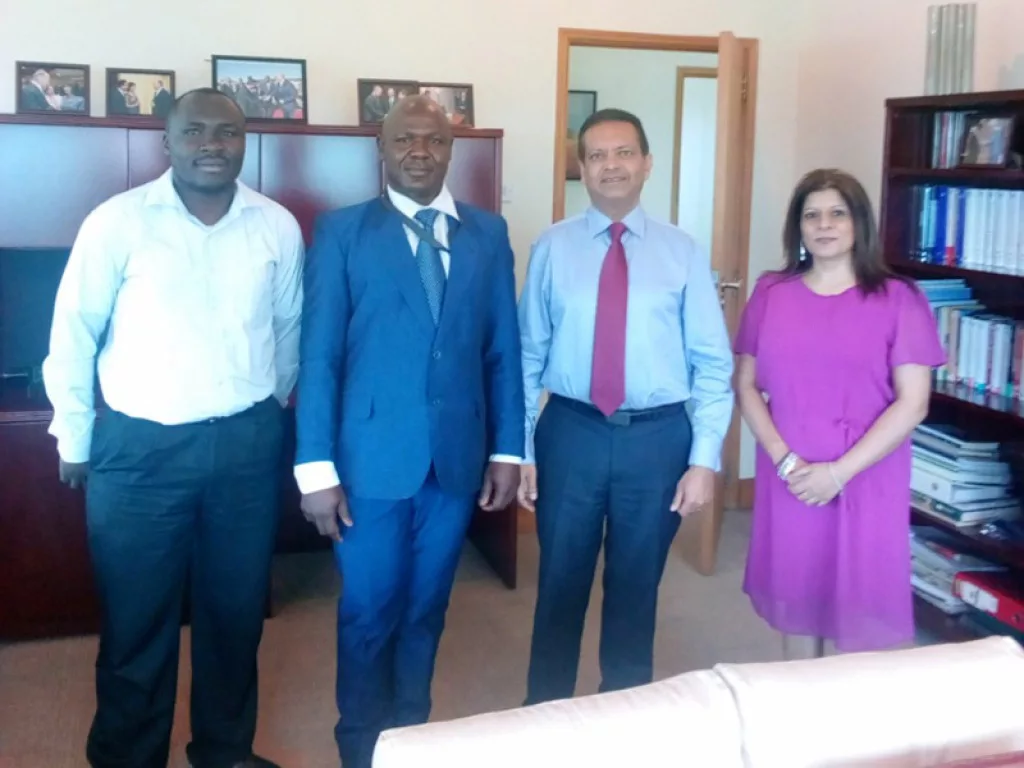
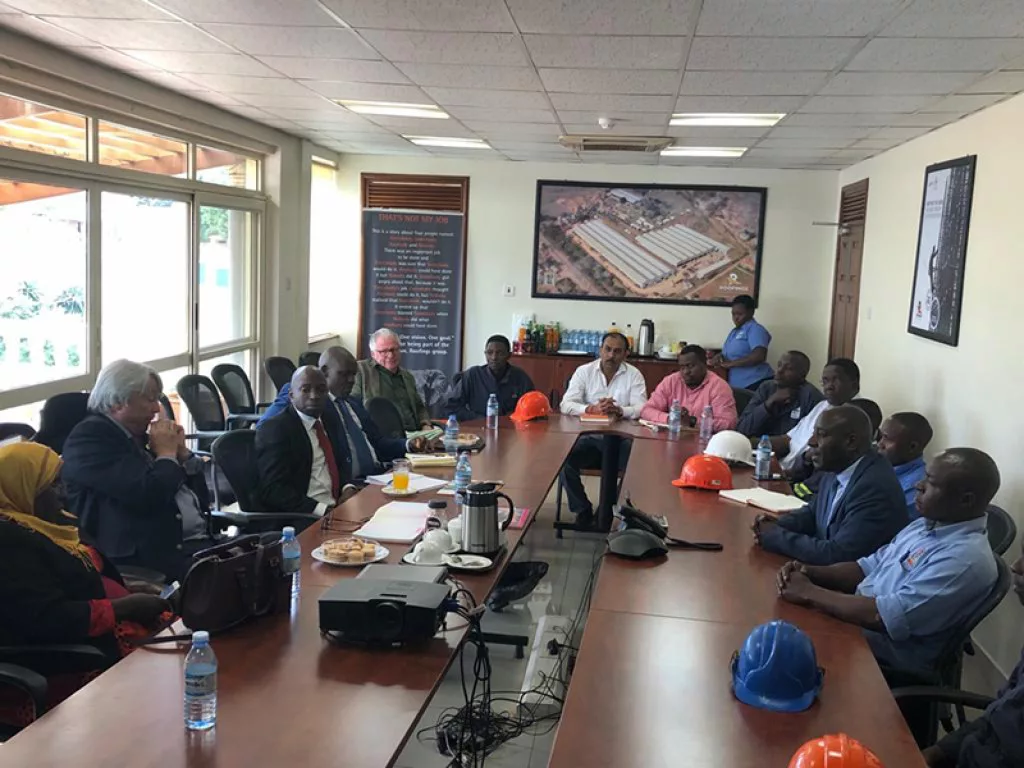
How do you see the industry developing over the next five years?
GB: If I can use Uganda as a case study, this is a nation whose manufacturing sector is skyrocketing. As a result of the President’s deals with the Chinese, this has mushroomed various industrial parks across almost every district. One such industrial park might host approximately 100 manufacturers, and every day they are constructing more manufacturing industries.
In 2007, according to a report from the EAC, an estimate of the number of manufacturers in East Africa, excluding the DRC, was 126,000 companies. As we speak, that number should exceed 300,000 companies and is subject to growth. So, in terms of our prospects for the next five to 10 years, the sky is the limit! Especially now that more people are using technology and our education sector is moving away from a colonial British curriculum to be more focused on creativity which includes manufacturing – even something simple like making a candle.
To progress, we need more skilled labour to hire, so that’s why EAMA has been trying to instil vocational training in institutions to learn new skills. We have been trying to actualise probational learning in manufacturing academies and have coordinated with several governments on vocational policies to ensure students are streamlined to be what manufacturers want.
Similarly, what are your hopes for the development of the association?
GB: As a young association, we are happy for any support – technical or otherwise – from friends, wellwishers, partners and we are open to ideas and discussions on things that can be of mutual interest to manufacturers. We believe that together, we can. Please contact us and we can talk!
We need more partners for our activities and our projects, to get bigger and better. COVID-19 has hampered our plans, but we have great prospects. We have been sleeping, since we have been unable to enter new countries but now that governments are beginning to relax restrictions, we are beginning to re-exist.
EAMA is an interesting, unique, and friendly association – people want to associate with us, and we invite manufacturers and service providers to join our membership. Our member base is open and diverse, allowing hands-on interaction with manufacturers and other members at networking events. Our membership is extremely attractive, and we all need such win-win relationships.



